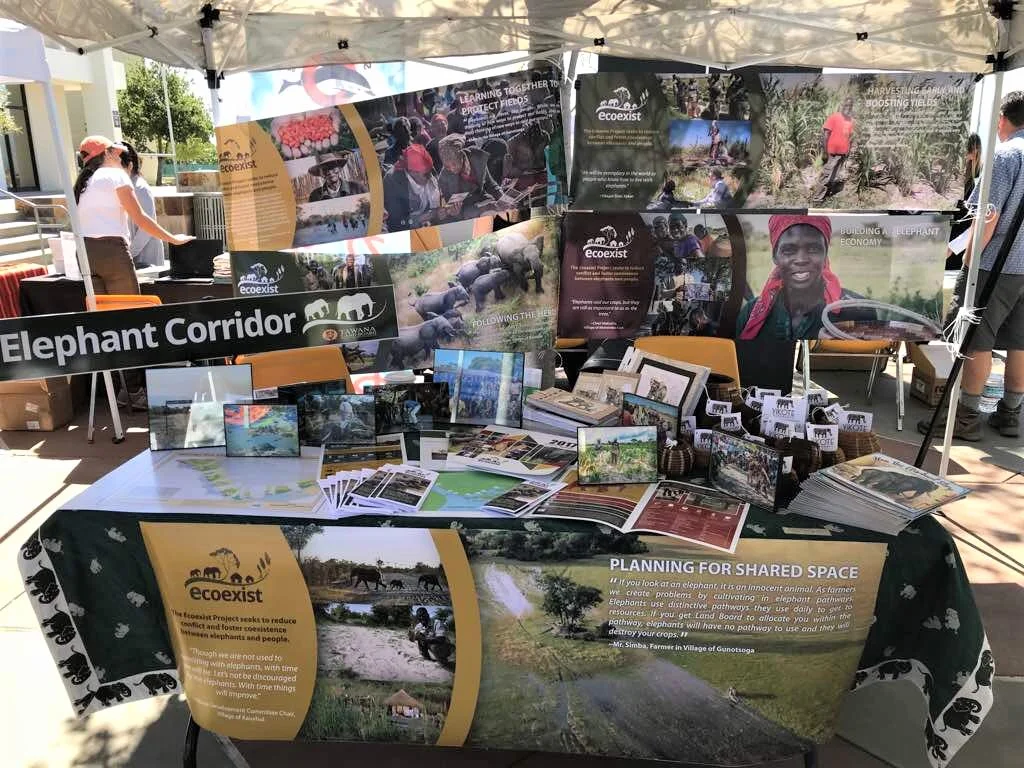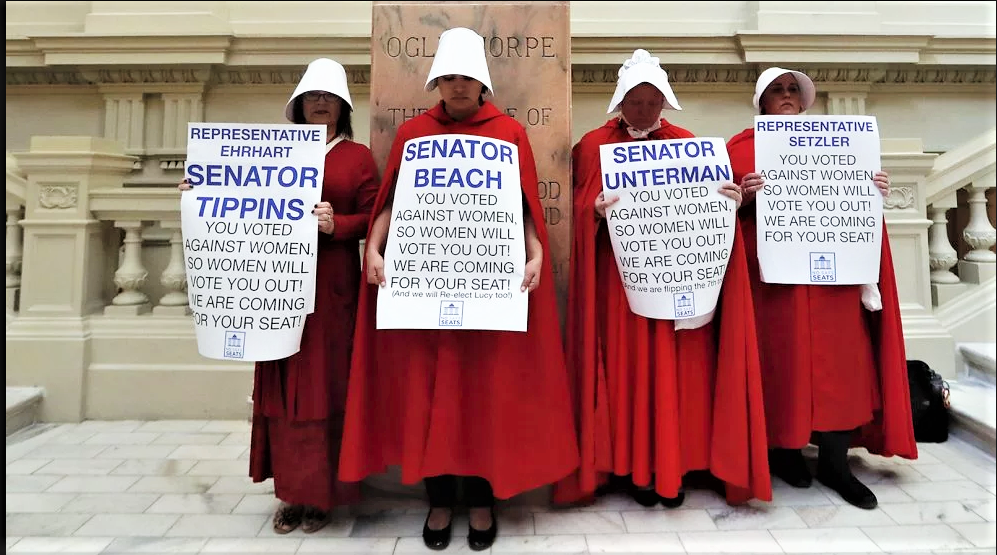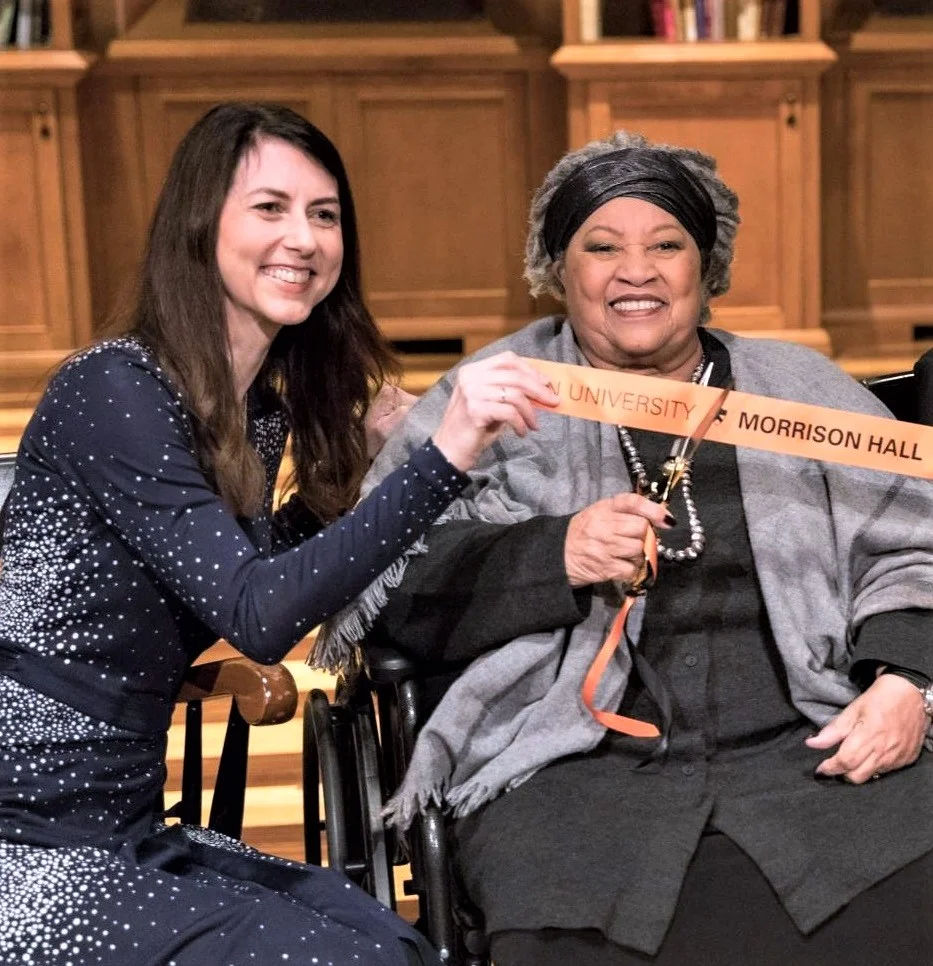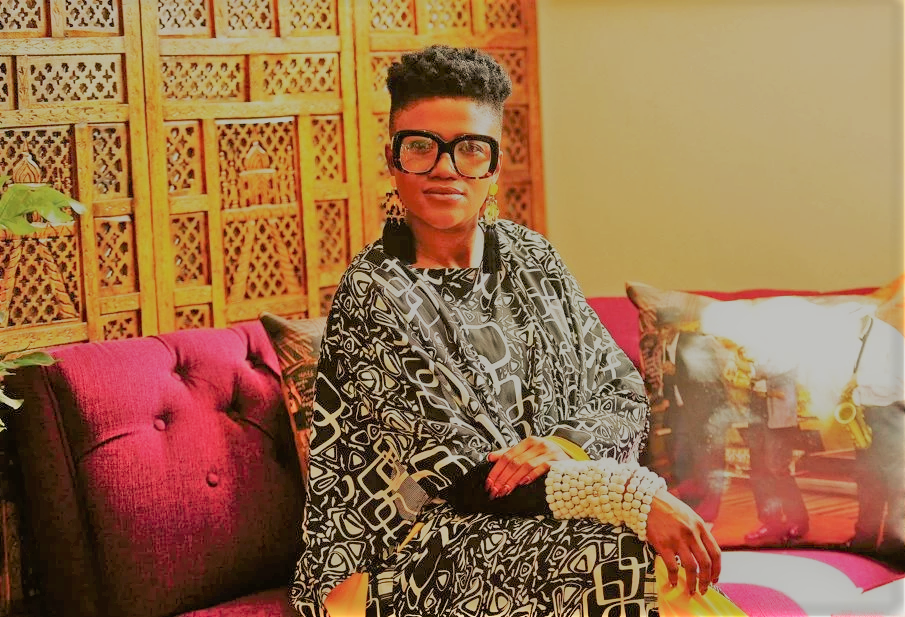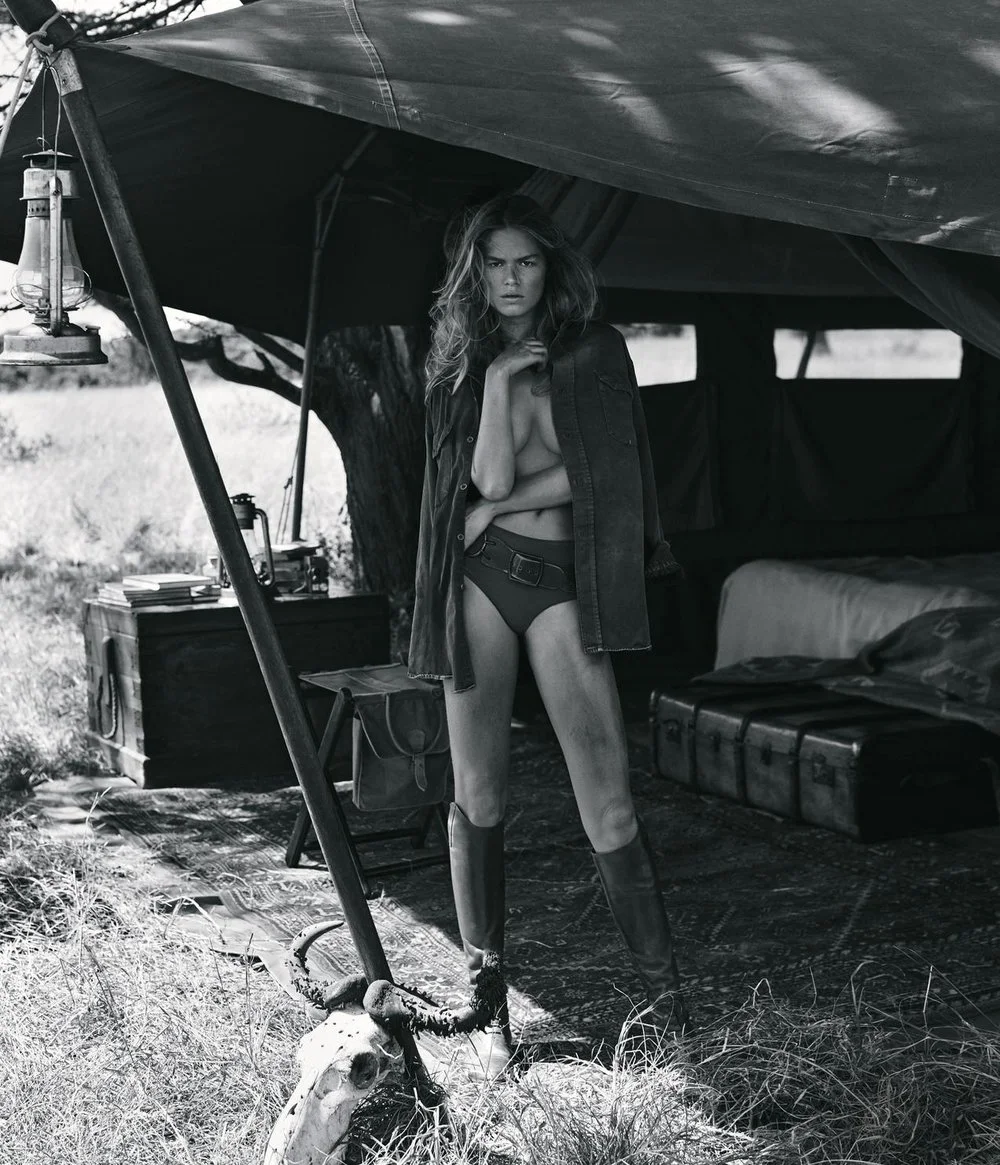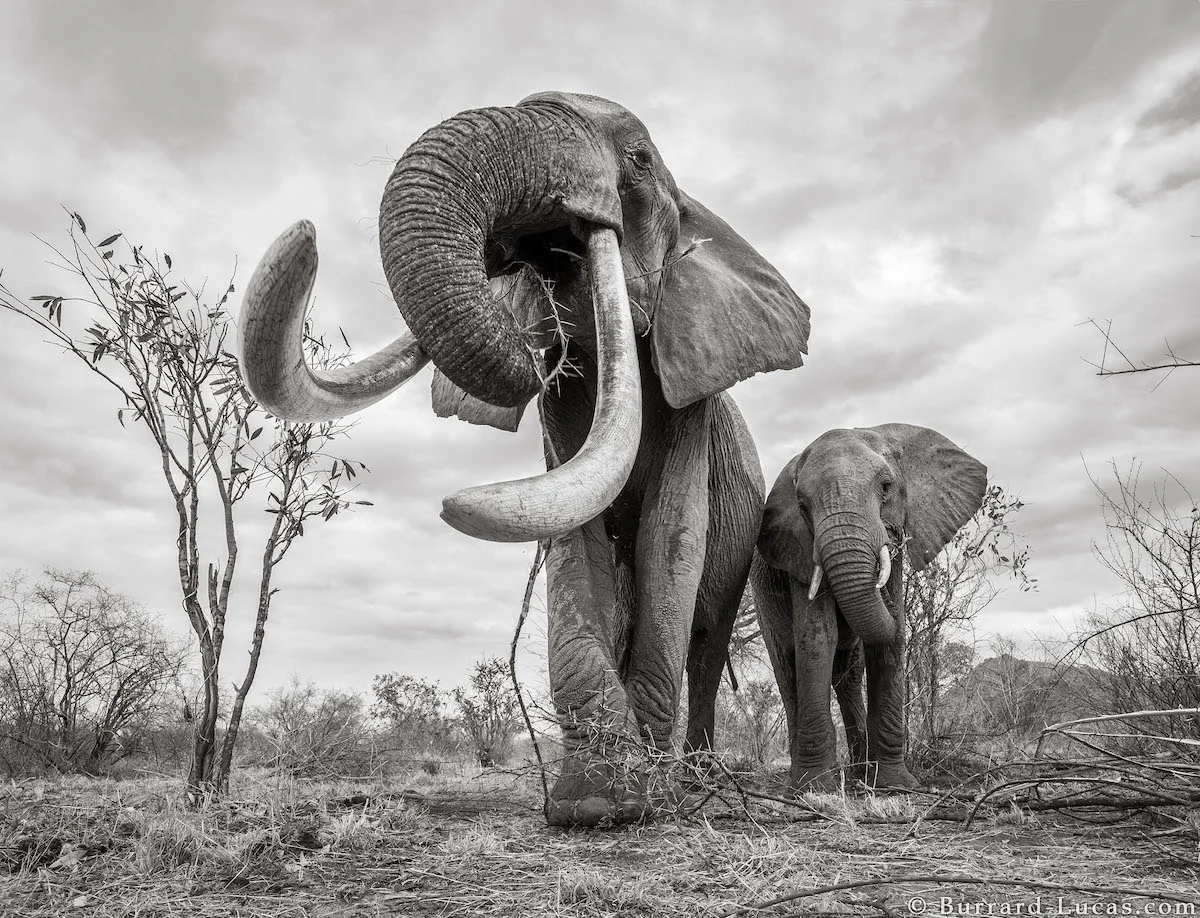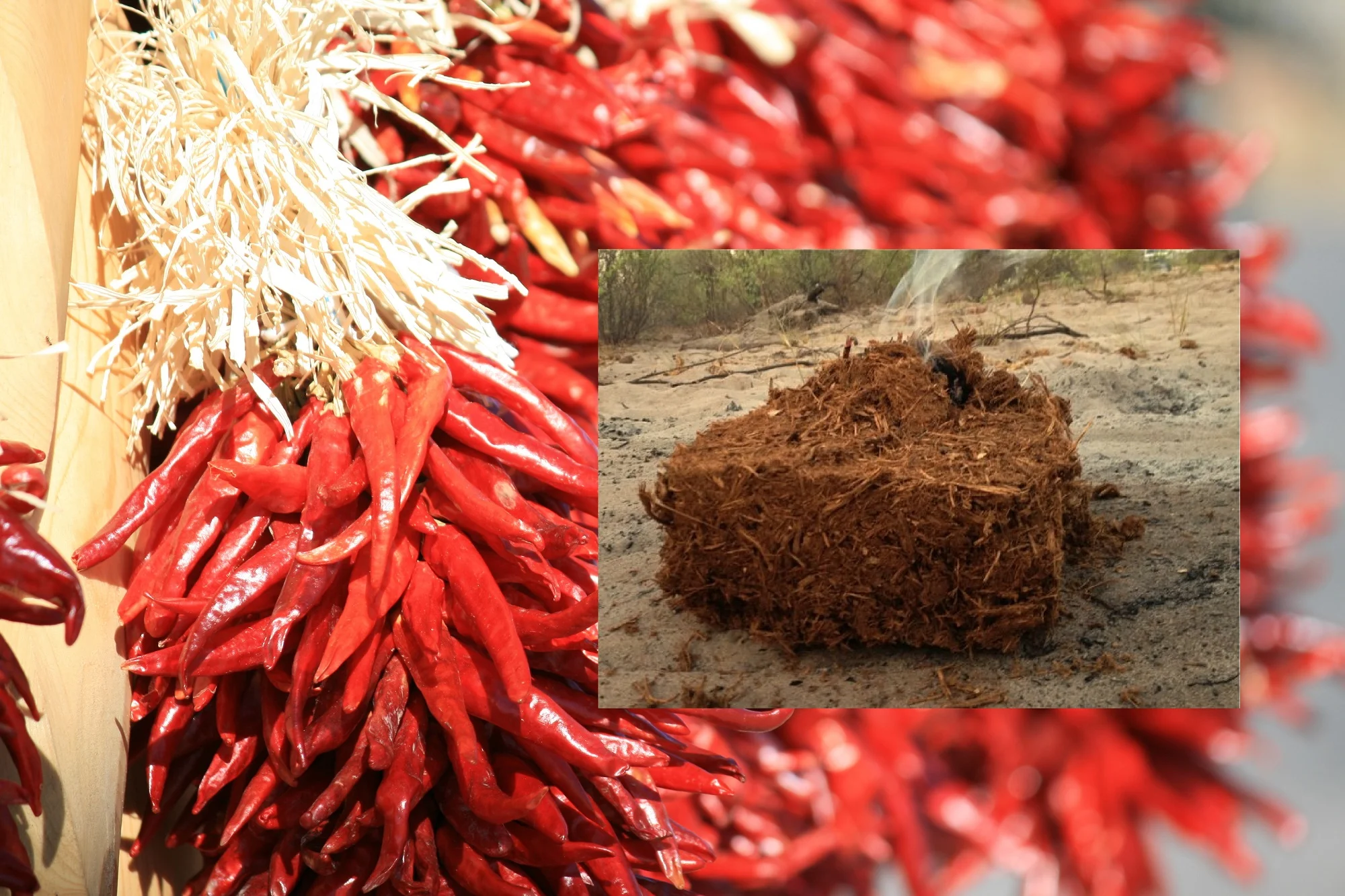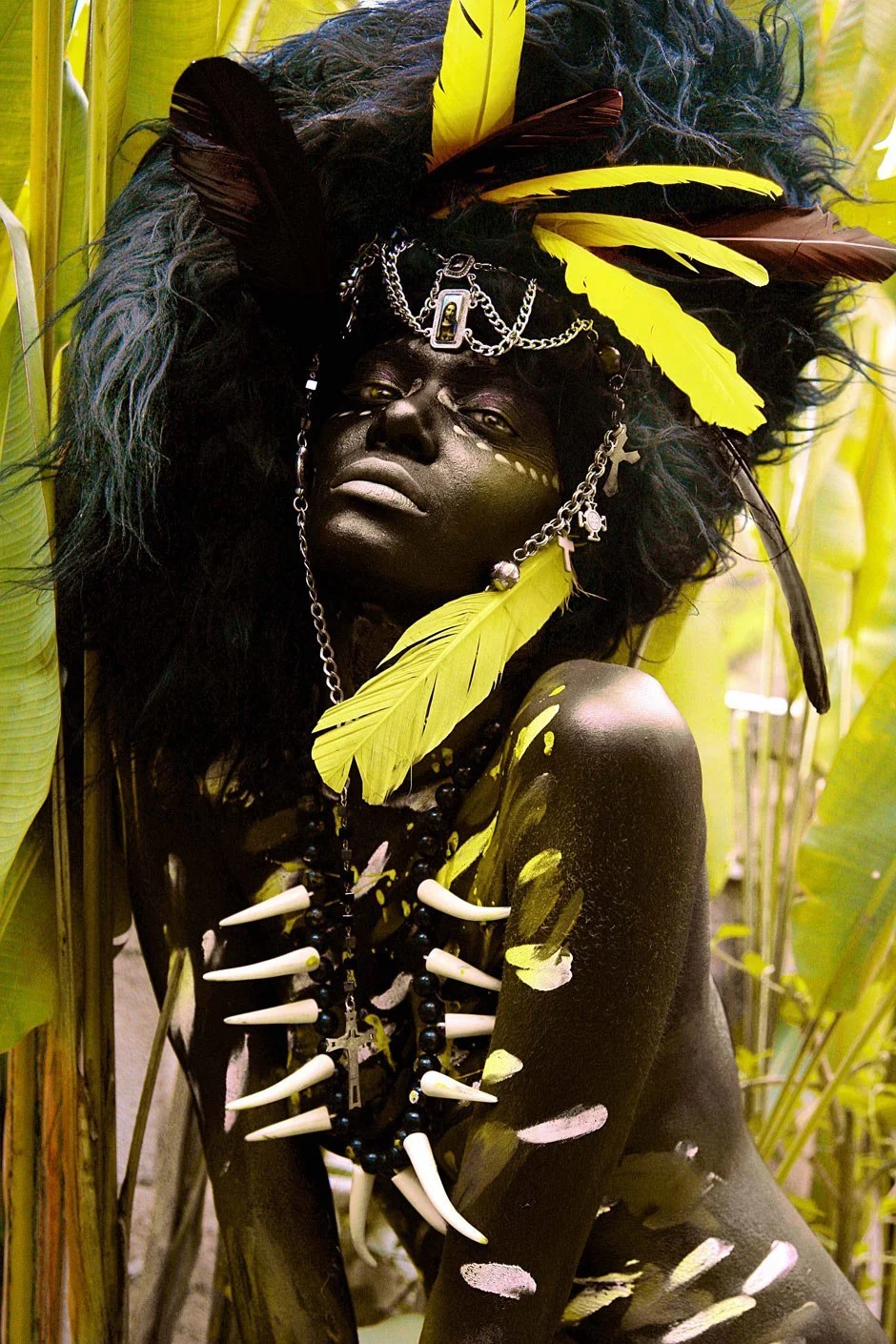The Escalation of Anti-Abortion Violence Ten Years After Dr. George Tiller’s Murder
/The Escalation of Anti-Abortion Violence Ten Years After Dr. George Tiller’s Murder
By Jill Heaviside & Rosann Mariappuram. First published on Rewire.News
As we mark the tenth anniversary of the assassination of Dr. George Tiller, it is incredible to think that, just over a month ago, Republican Sen. Ben Sasse was really asking how “the pro-life position is in any way violent.”
Violence has been a central tenet of the anti-abortion movement since before the U.S. Supreme Court decided Roe v. Wade. As activists have sought control over the reproductive freedom of millions of people—particularly women of color, low-income women and families, and queer, gender-nonconforming, and transgender communities—they have used violence as a tactic of control, abuse, and fear across the United States.
Dr. Tiller was Wichita’s only abortion provider for 40 years and was known for his deep commitment to trusting women and their families’ reproductive health decisions. Because of his work, Dr. Tiller was a target of many anti-abortion groups; before he was killed, he survived a clinic bombing and a prior shooting.
Dr. Tiller’s murder wasn’t an isolated incident. Anti-abortion extremists have killed at least 11 people since the 1990s. Their violent history includes the first recorded murder of an abortion provider, Dr. David Gunn, in 1993, and the 2015 shooting at a Planned Parenthood clinic in Colorado Springs, which claimed three lives and injured nine people.





